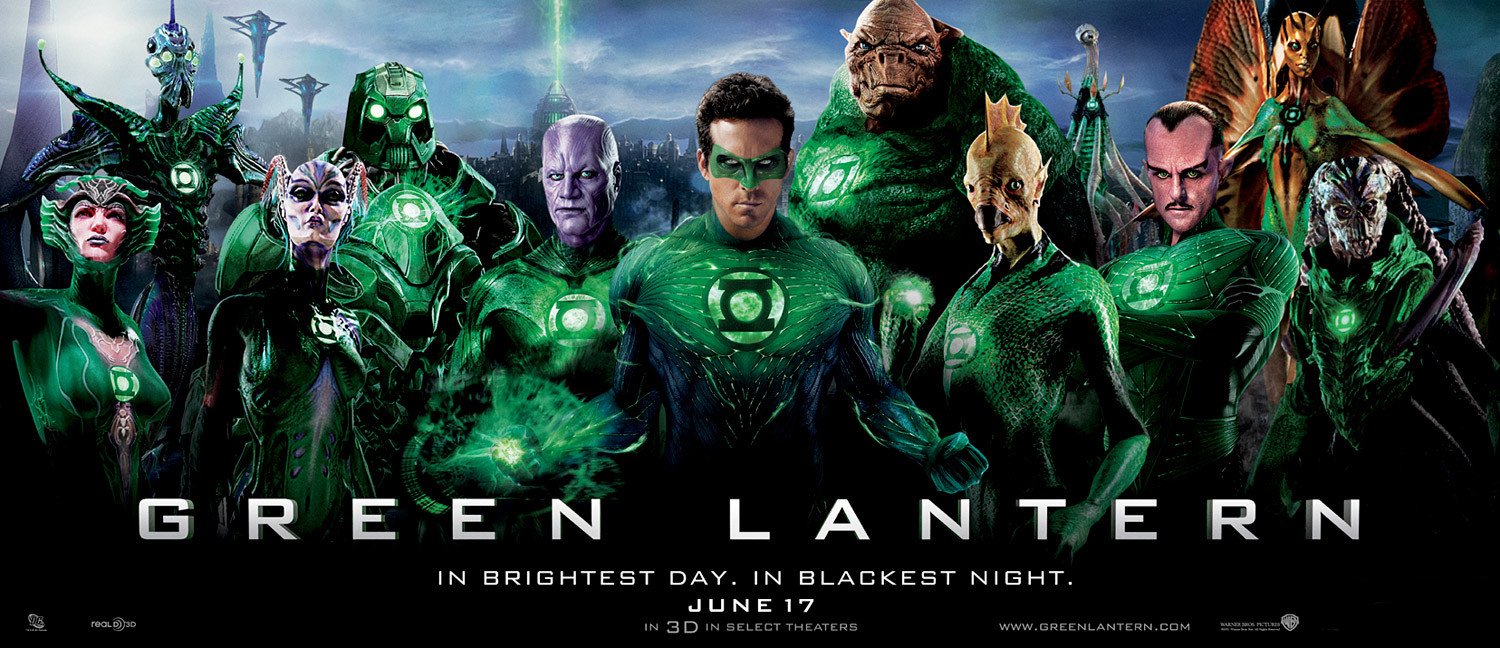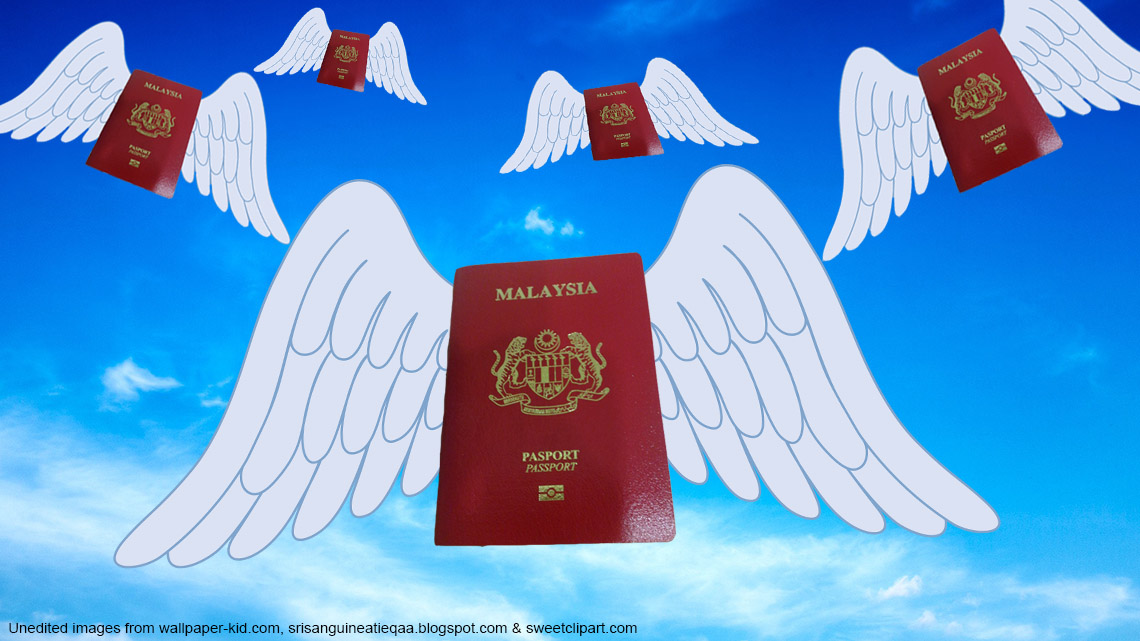Really Beautiful Things about Ramadan in 7 countries (including Malaysia)

- 1.2KShares
- Facebook1.2K
- Twitter1
- LinkedIn1
- Email5
- WhatsApp1
Most Malaysians might know Ramadan or Bulan puasa as a month-long gorgefest of local buka puasa delicacies at one of the many Ramadan bazaars (Pasar Ramadan), and perhaps as the time where ads become suitably cheesy in a 1Malaysia sorta way:
http://youtu.be/Gj4ne1YXEZA
Considering that there are 2.04 billion Muslims worldwide, we can’t help but wonder how Ramadan is celebrated elsewhere with the influence of local culture as well as contemporary issues such as politics and urban development.
BTW: We are doing a concurrent article on the beautiful things inspired by Ramadan in Malaysia and other countries and the not-so-beautiful things which you can read about here…
https://cilisos.my/9-tak-shiok-things-about-ramadan-in-6-countries-1-malaysia/
If you’ve been directed here from our sister article, we’re using the same introduction so you can skip this and head straight to the list below.
Oh wait.
1. Malaysia
One very unique aspect of Hari Raya Aidilfitri, or the day to celebrate the end of Ramadan is the custom of handing out duit raya or “money packets” to relatives and visitors. While parallels are usually drawn to the Chinese New Year ang pau tradition, it actually has its roots in the Islamic practice of Sadaqah which is a voluntary giving of charity without guidelines or obligation. The familiar green packets that duit raya is presented in nowadays were first introduced in 1971. While it was influenced in part by the ang pau, the green packet served a different function- to further the Islamic tradition of humility and sincerity since the packet prevents others from knowing how much is being given.
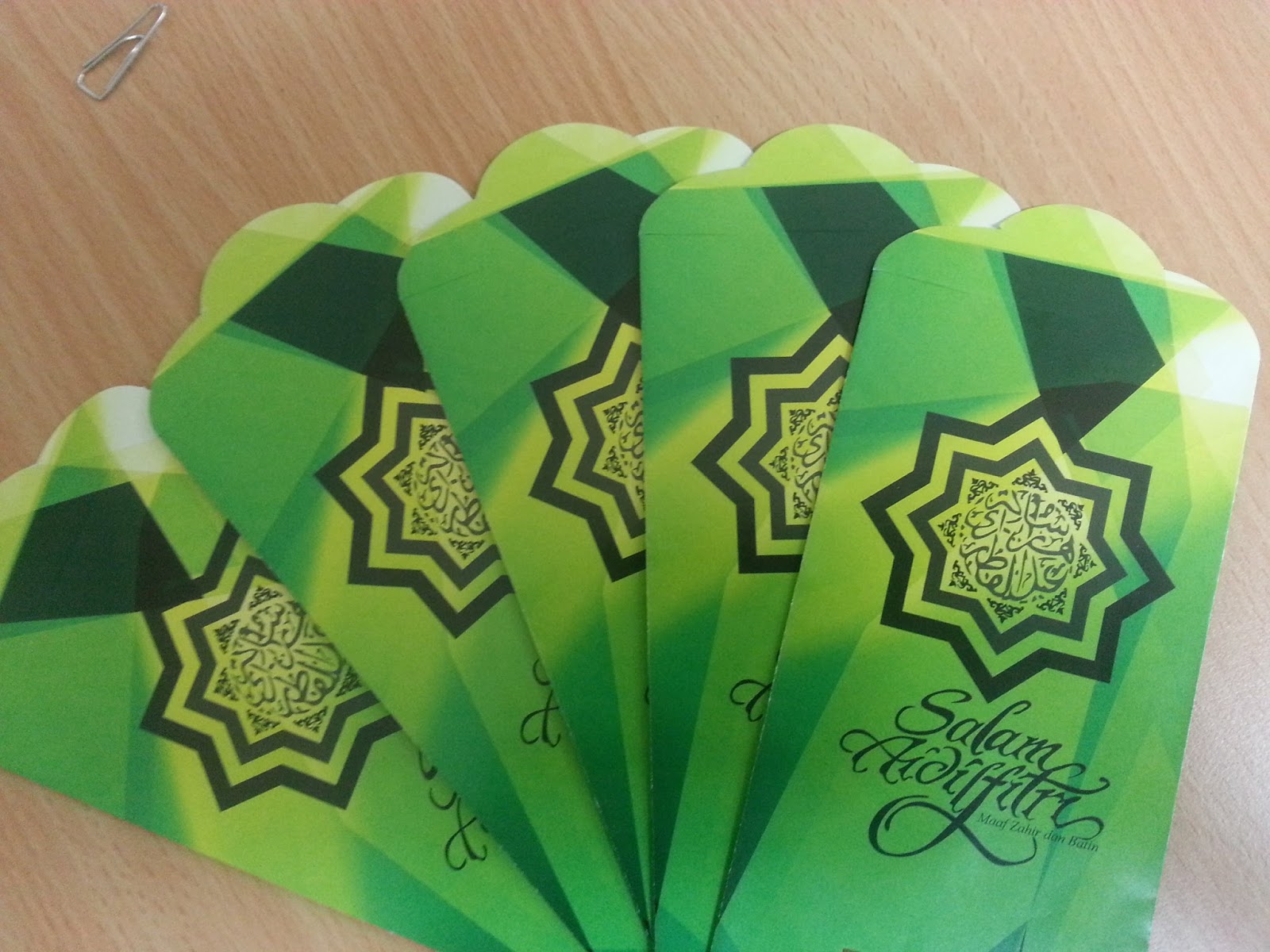
Another interesting practice we just found out about is Marhaban, which is best translated in this context as “to graciously welcome.” This practice involves a group of male revelers going from house to house reciting prayers, thanks, and blessings to the occupants of the house. Marhaban is largely practiced in smaller towns or kampungs and serves to promote unity among neighbors, as well as a festive icebreaker. It is also done for other occasions such as childbirth and circumcision (berkhatan).
http://www.youtube.com/watch?v=ZnkumssNFKo
This tradition is also common in Indonesia. Speaking of which….
2. Indonesia
While being the country with the world’s largest Muslim population, Indonesia is also one of the most diverse, with hundreds of distinct native and ethnic groups . This is reflected in their national motto “Bhinneka Tunggal Ika,” or “Unity in Diversity”. Frankly, we prefer the literal translation of “Many, yet one”

Reflected in this diversity are the unique Ramadan traditions such as Dugderan in Semarang, Central Java. “Dugderan” is an onomatopoeia (Just say “Word that sounds like the sound it makes” – Editor) for the sound of the drum (“Dug”) and the cannon (“Der”) that’s simultaneously fired to mark the arrival of Ramadan. The firing of cannons has since been phased out for safety reasons and replaced with fireworks and “bleduran.” We didn’t know what this was, so we did a Google search and found this:
The cannons were less safe??
The festival is also known for its colorful processions and the appearance of floats and toys representing the Warak ngendok, a Javanese mythical creature that has evolved in representation to now assimilate influences of the three major ethnicities in Semarang – a Chinese dragon’s head, an Arabic Buraq’s body, and Javanese goat’s legs.

Here’s a video of the festivities in action:
Another interesting practice is Nyorog– the distribution of food to elderly family members by the Betawi people in Jakarta. While this is also used practiced for engagements, it’s most observed during the Ramadan period as it functions both as a reminder of Ramadan and a way to strengthen familial bonds.
You can read about other Indonesian Ramadan practices (In English) here.
3. Egypt
LANTERNS!
NO! WRONG KIND OF LANTERNS!
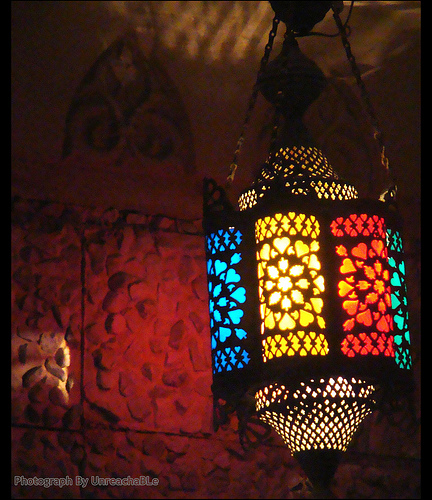
Ramadan lanterns, or Fanoos Ramadan have been a part of Egyptian cuture for centuries. You have to pardon our excitement as they are extremely beautiful.
The origin of this practice isn’t very clear. Some scholars believe that the use of lanterns during festivals date back to pre-Islamic Egypt. The more popular stories of its association with Ramadan are the Fatimid Caliph Al Hakim Bi-Amr Illah’s desire to light the streets of Cairo during Ramadan nights, or the law during his reign that women were not allowed to leave the house except during Ramadan, but had to be preceded by a young boy holding a lantern to alert men on the street (thus explaining why the lanterns are primarily used by children as playthings), or an adaptation of the Coptic Christian tradition of using lanterns during Christmas.
Children are commonly seen playing with them while singing a popular rhyme called Wahawi ya Wahawi
However, the market these traditional handmade lanterns have been infringed upon in recent years by plastic ones in the shape of popular cartoon characters that also play music.
Imported from China.
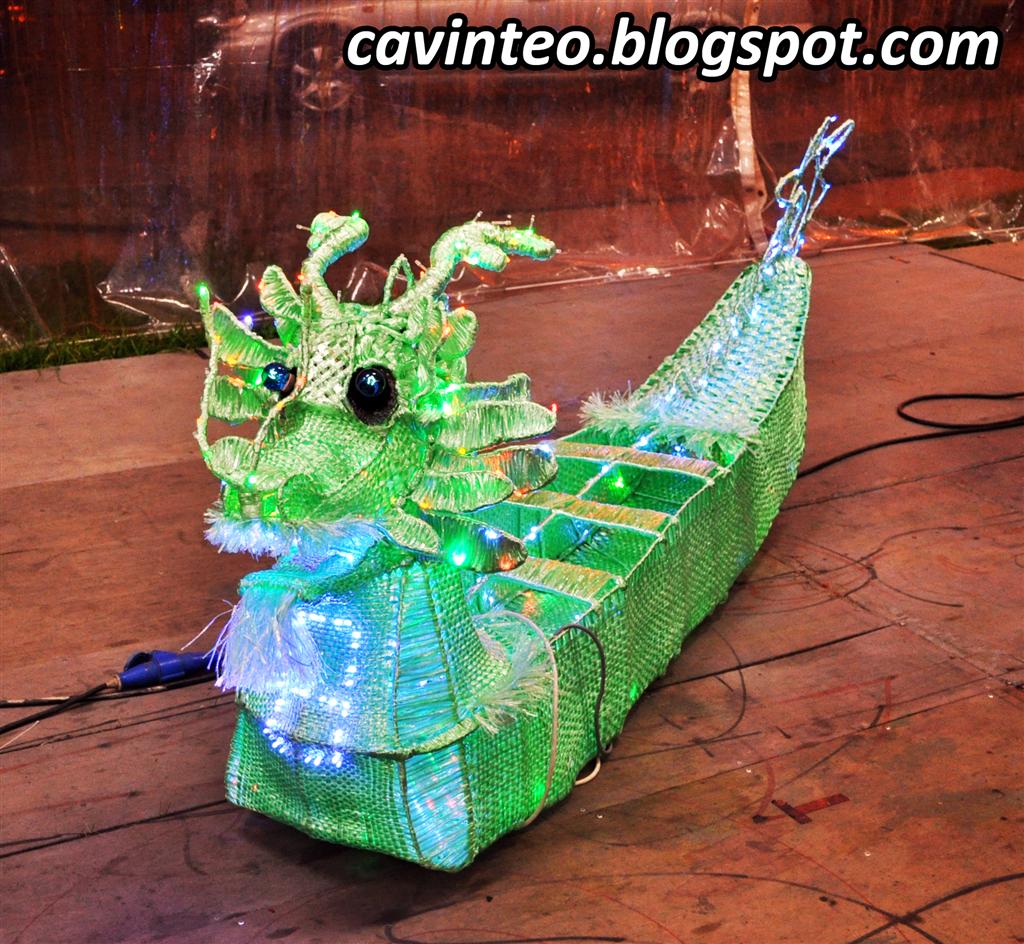
Bad show, China. Bad show.
Because you’re also in our Tak Shiok list as well.
4. Turkey
Still on the topic of beautiful lights, the Turkish tradition of Mahya or “Writing in the sky” is unique to Istanbul due to the architecture of their Ottoman-era mosques and have been around for about 400 years. The origin of this isn’t clear, but some historical sources attribute the first Mahya to the calligrapher Hâfız Ahmed Kefevî, who was also the müezzin (the person who chants the call to prayer) of the Fatih Mosque. He’s said to have strung the first ones at the Sultanahmet Mosque (the Blue Mosque).
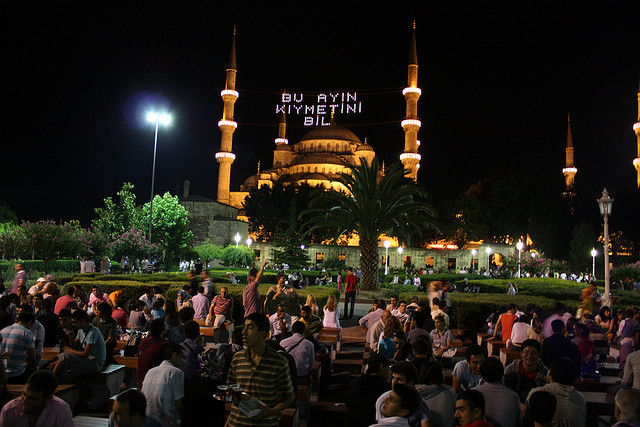
The tall minarets of the mosques are used to suspend lights that spell out devotional messages which are changed four times over the month. These used to be done using oil lamps in arabic script, but modernity and technological advances have influenced a change to electric bulbs, the use of latin alphabets, and now, LED cables. The early days of the Turkish republic in the 1920s also saw less festive messages such as “Buy Turkish Products” and “Do not forget immigrants”

The image above was taken from a website that chronicled the use of Mahya for political or nationalistic reasons, but you’ll probably need to run it through Google Translate. Unless you read Turkish.
5. Morocco
This may invoke a familiar feeling of nostalgia and sadness that every generation feels as traditions fade into childhood memories. The Moroccan Nefar is a long trumpet that is used to announce the beginning and end of Ramadan. A local man, also called a Nefar, would walk through the streets playing the instrument, which explains the long handle, since the added length allowed nesound to travel nefar.
*cough* Here’s a video of the Nefar in action:
On a day to day basis, however, Suhoor will be announced by the rhythm of drum beats.This tradition is usually passed down from father to son and will start about two hours beforehand to allow households time to prepare.
Sadly both traditions are slowly disappearing particularly as cities get progressively larger and modernized.
6. Russia
Russia is on this list due to two reasons:
- Despite a sizable Muslim population, Russian Muslims are still regaining understanding and reconciliation after the dissolution of the USSR in 1989.
- Russia is cold, hot, and long.
And no, Number 2 isn’t a setup for I-See-What-You-Did-There joke. Russian Muslims are subject to severe cold or heat depending on their location. And on top of that they fast longer due to days lasting longer in the northern hemisphere- for 22 hours this year (2014). This in turn influences their sahur meal options of a hearty soup cooked with meat, potatoes, onion and vegetables to provide enough calories to last through the day.
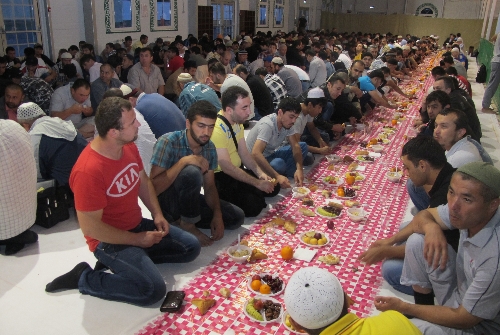
While mosques are still being built, from 300 in 1991 to 8000 as of 2011, these efforts still aren’t enough to accommodate the 27 million Muslims in Russia today. The good news is that this led to a strong culture of community as temporary “Ramadan tents” are commonly set up to accommodate those unable to make it home for prayers or Iftar. These tents are usually staffed by volunteers so it isn’t uncommon to break fast with foods prepared by cooks from Turkey and Iran, and are open to anyone.
7. Saudi Arabia
Forgiveness is one of the recurring aspects of Islam which is also reflected in the 10 days of forgiveness during Ramadan. Saudi Arabia practices this by granting pardons to non-dangerous prisoners in time for them to spend Ramadan with their families.
“Custodian of the Two Holy Mosques King Abdullah [Ruler of Saudi Arabia] always remembers the prisoners, and does not forget their separation from their families.” – Brig. Saad Al-Otaibi, director of prisons in the Eastern Province
This year (2014 at time of writing), 128 prisoners were released just in time for Ramadan on June 29th.
Saudi Arabia isn’t the only country to practice this too, as the UAE will be releasing 892 prisoners.
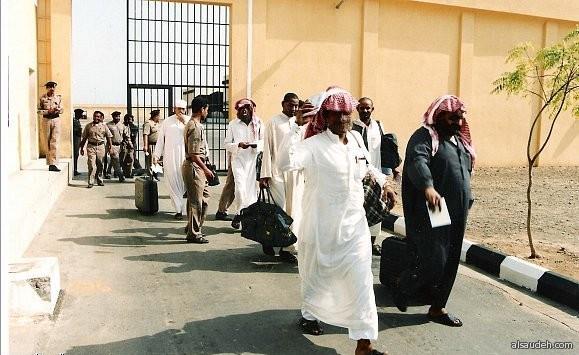
So that’s it for our list of Shiok things. Do check out our list of Tak Shiok things over here.
Now for some insightful parting words:
Ramadan is the month in which Muslims believe the Quran was descended from God to the Prophet Muhammad and is one of the required Five Pillars of Islam that make up the foundation of Muslim life. While we usually associate puasa with abstinence from food and drink, it goes far beyond that; extending to abstinence from false speech and procrastination.
This is best summed up by Imam Sohaib Sultan:
Fasting proves to us that we are, indeed, masters over our own passions and that we can reach for greater heights beyond our lower desires. The Prophet Muhammad taught his followers that God has no need for a person to fast from food and drink if they don’t fast from false speech and other greater sins.
Imam Sohaib is currently contributing a self-reflective article a day on time.com over the Ramadan period. We recommend that you check it out regardless of your religious affiliations.
Lastly, we at CILISOS would like to say-
Look Outside
Its so pleasant!
Sun Smiling For you
Trees Dancing for you
Birds singing for you
Because I requested them All to wish You
**..*EID MUBARAK*..**
– From best Eid SMSes
- 1.2KShares
- Facebook1.2K
- Twitter1
- LinkedIn1
- Email5
- WhatsApp1

